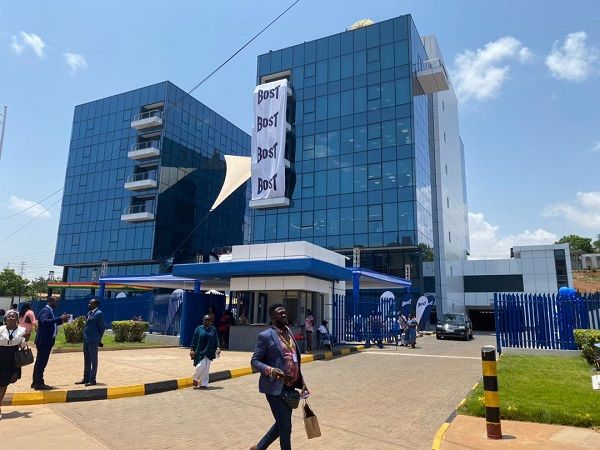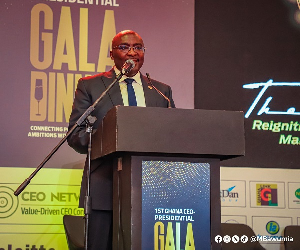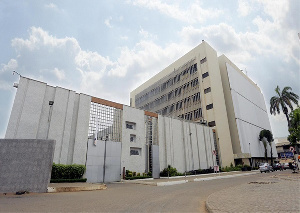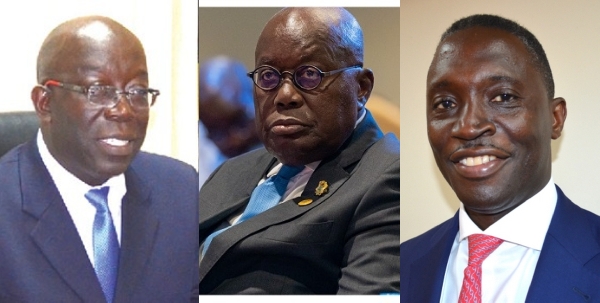Ghana’s debt-to-GDP to hit 65% 2023 – Moody’s

Ghana’s debt-to-GDP ratio is projected to hit 65% by the year 2023.
According to international rating agency Moody’s, Ghana’s debt will rise primarily due to an annual assumption of 2% of GDP in the form of contingent liabilities.
Moody’s’ forecast also includes disbursements under the $2 billion financing deal with Sinohydro – an infrastructure financing deal that is collateralised by the country’s yet-to-be-mined and refined bauxite resources.
This is at an assumed annual execution rate of about $100 – $200 million in the funding requirements and in the debt ratio.
The government is contemplating issuing additional ‘collateralised’ debt to support investment in bauxite refining in part to absorb surplus energy, Moody’s said.
“As a result, the debt burden has risen by nearly 10 percentage points of GDP since 2017, in part as a consequence of the financial sector bailout in 2018-19 and the measures taken to clear legacy power utility debts (estimated at 4.5% and 2% of GDP, respectively).”
Estimated at around 64% of GDP at the end of 2019, Moody’s said it is expected to rise further over the near term, adding: “How far and for how long it rises will depend in part on the government’s success in preserving exchange rate stability and in dealing with additional contingent liabilities arising in the energy sector.”
Those contingent liabilities arose from the agreement of ‘take-or-pay’ contracts with energy producers extending until 2023, which were entered as part of the measures taken to address the acute power shortages experienced earlier in the decade.
While the power shortages were indeed alleviated and the consequent shadow over economic activity lifted, this was achieved under a program that incorporated overoptimistic estimates of power demand which have left the government bearing ongoing ‘take or pay’ costs, it emphasised.
According to the government’s Energy Sector Recovery Program (ESRP), under a business as usual scenario, the government faces annual costs of between $1.6 billion (2.3% of GDP) and $2.6 billion (3% of GDP) from 2020- 23 which, added to outstanding energy sector arrears of $2.7 billion (or 4.1% of GDP) at the end of 2018 could sum to around $12.5 billion, or about 14% of GDP by 2023.
Background
Ghana’s debt stock has increased by about GHS86.6 billion since the Nana Akufo-Addo government came into office three years ago.
Some economists and market watchers have described the rate and quantum of borrowing by the government as alarming and warned that it could plunge the nation into an economic crisis if care is not taken.
In December 2016, Ghana’s debt was GHS122, representing about 62% of GDP. This was based on the old economic value of the country.
However, at the end of September 2019, Ghana’s public debt was about GHS208.6 billion, representing 60.3% of GDP due to the rebasing of the Ghanaian economy.
A high debt crisis leads to high interest rate and inflation, loss of investor confidence, slow economic growth and high unemployment rate.
The IMF has already warned that Ghana has a high risk of becoming a debt-distressed country.
Source: classfmonline.com





